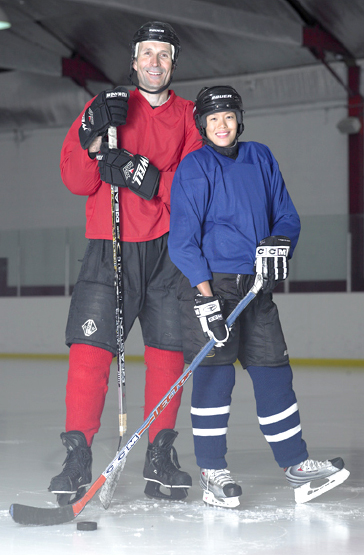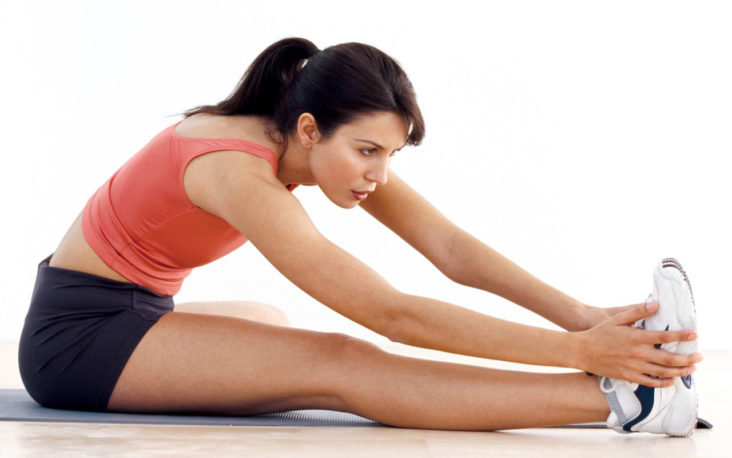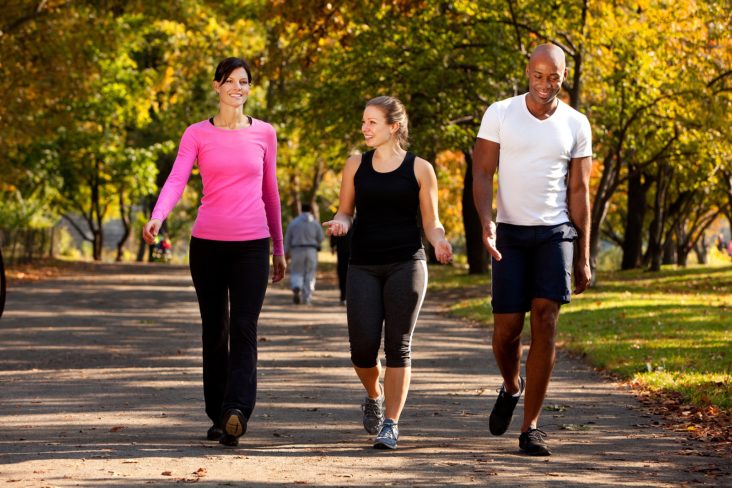Hockey! A great way to get fit and have fun.
STARTING OUT:
- Invest in equipment, sticks and skates that suit your height and size.
- Be ‘head smart’ – wear your helmet with the cage, shield or visor properly secured.
- Sharpen your skates regularly for better performance.
- Repair or replace damaged or broken equipment.
If you are new to the game, get checked by a health professional such as a chiropractor to make sure it’s an appropriate fitness activity for you. If you are a regular player, routine chiropractic check-ups can help optimize your muscle and joint function and deal with stiffness and soreness before they sideline you.
REMEMBER: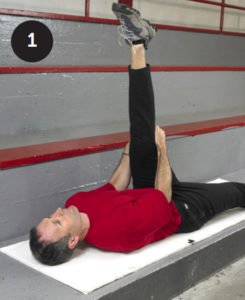
- Never stretch a cold muscle. Always warm-up before pre-game stretches.
- Don’t overstretch – be comfortable.
- Don’t bounce when stretching.
- If you experience pain that lasts longer than your usual post-game soreness, ice the area and consult a chiropractor.
#1 HAMSTRING STRETCH
Lay on your back and bend one knee towards the ceiling. Hold the back
of the thigh with both hands and straighten the knee as much as you can by raising your foot towards the ceiling. Hold the stretch for one second, then bend the knee and straighten again. Repeat 20 times on each leg.
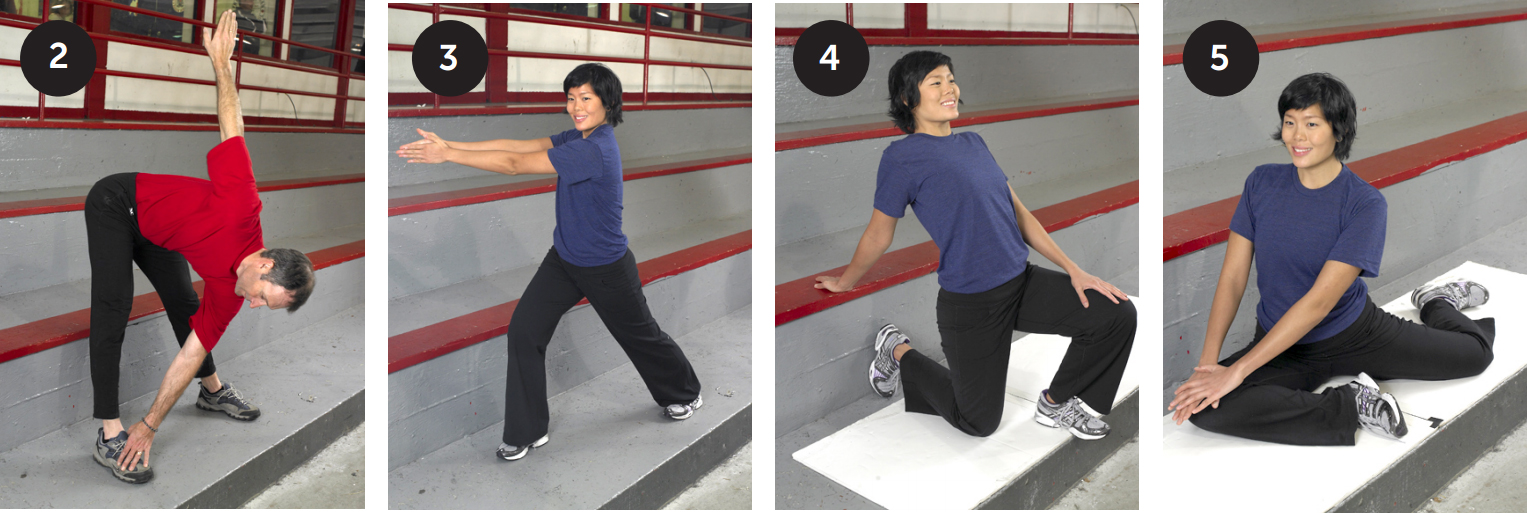
#2 GROIN STRETCH
Stand with your feet slightly wider apart than your shoulders. Bend your knees. Shift your weight to the right leg. Reach down and across your body with your left hand to touch your right foot. Point your right hand up to the ceiling. Keep your back parallel to the ground. Shift your weight to the left leg. Repeat 10 times on each side.
#3 HIP FLEXOR STRETCH
Stand with your feet shoulder-width apart. Step forward with your right foot into a lunge position. Your right knee should be directly over the toes of your right foot. Keep your left leg and your back straight. Extend your arms straight in front of you and bring your palms together. Turn your upper torso to the right keeping pelvis and hips stationary. Hold for one second and repeat 10 times on each side.
#4 QUAD STRETCH
Stand with your back to a wall or the rink boards. Kneel onto your right knee (use a pad for cushioning) with your right foot flat against a wall. Your left knee should be bent in front of you at a 90 degree angle for support. Place your hand on your left knee for balance and lean back slightly to stretch your right quad muscle. Hold the stretch for ten seconds. Switch legs and do three stretches on each side.
#5 GLUTE STRETCH
Sit on the ground with one leg slightly bent behind you and one leg slightly bent in front of you. Lower your chest toward your knee keeping your back straight and holding your chin up. Hold the stretch for 10 seconds. Switch legs and repeat three times on each side.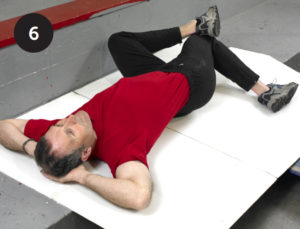
#6 HIP STRETCH
Lay on your back with your knees bent and feet flat apart on the floor slightly more than shoulder width apart. Lower your right knee to the floor and place your left ankle on top of it pushing the knee towards the ground. Keep your hips on the floor. Hold the stretch for 10 seconds. Switch sides.
Source: This post is originally written by the Canadian Chiropractic Association.

